This is a strategic orientation to provide clean food sources, meeting the increasing needs of consumers and strict requirements from the international market.
Developing concentrated production areas
Statistics from the Hanoi Department of Agriculture and Environment show that the city has established more than 5,000 hectares of safe vegetable growing areas, along with 52 models applying the internal quality assurance system (PGS) on nearly 2,000 hectares. The city also maintains 1,700 hectares of VietGAP-standard crops, including 429 hectares of vegetables, 446 hectares of fruit trees and 3 hectares of tea. In addition, Hanoi has developed 66 VietGAP aquaculture facilities, 88 VietGAP livestock facilities and 100 hectares of organic production.

Concentrated production areas help improve traceability and ensure consumer rights. Photo: PV
In particular, advanced quality management programs such as HACCP and ISO 22000 have been applied at 95 production facilities. This not only enhances transparency but also helps Hanoi agricultural products access the global supply chain.
At Chuc Son Clean Vegetable and Fruit Cooperative, the vegetable production models meeting VietGAP and GlobalGAP standards have clearly demonstrated the effectiveness of safe agriculture. On an area of nearly 18 hectares, the production process is closely monitored from planting to consumption, bringing a stable output of about 3 tons of vegetables/day. The products not only meet food safety standards but also generate a significant source of income with revenue of 10-13 billion VND/year.
In the field of aquaculture, the high-tech fish farming model “river in pond” at Dai Ang Cooperative (Ngoc Hoi commune) is a breakthrough. With 15 ponds on an area of 10 hectares, fish output reaches about 300 tons/year, 1.8 times higher than the traditional method. Notably, waste from farming is effectively reused, minimizing environmental impact and saving costs.
These models not only improve traceability and ensure consumer rights, but also facilitate supervision by management agencies.
Building a sustainable agricultural value chain
Despite many positive results, safe agricultural production in Hanoi still faces many difficulties. Technical infrastructure has not met requirements; many production areas lack modern equipment and the soil and water environment have not met standards. The rate of enterprises investing in high-tech agriculture is still low, while most production is still small-scale. In addition, awareness of food safety among a segment of producers and consumers is inadequate. This makes it difficult to expand the scale and improve the quality of agricultural products.

Hanoi encourages businesses to invest in technological innovation and upgrade production lines to create high-quality products. Photo: PV
Deputy Director of the Hanoi Department of Agriculture and Environment Ta Van Tuong emphasized: "The city needs to continue planning agricultural development in a concentrated direction, applying high technology and converting to ecological and organic agricultural models." Hanoi also encourages businesses to invest in technological innovation and upgrade production lines to create high-quality products. At the same time, food safety inspection and control will be strengthened to strictly handle violations and enhance consumer confidence.
The reality at cooperatives shows that when strictly following technical processes and quality standards, agricultural products not only achieve high economic value but also expand their consumption markets. Farmers have increased income and changed their mindset from spontaneous production to a more professional direction. Enterprises also have the opportunity to build brands associated with safe products, expand distribution channels to large supermarkets and gradually reach out to international markets. Consumers can access clean food sources with clear origins, thereby strengthening their trust in domestic agricultural products.
These achievements are an important stepping stone for Hanoi to build a sustainable agricultural value chain, closely linking production, processing and consumption. At the same time, this is also the foundation for developing a green economy and a circular economy in the long-term development strategy of the city and the whole country.
* This article is in collaboration with the Hanoi Department of Agriculture and Environment.
Source: https://daibieunhandan.vn/ha-noi-day-manh-san-xuat-nong-nghiep-an-toan-huong-toi-phat-trien-ben-vung-10390069.html










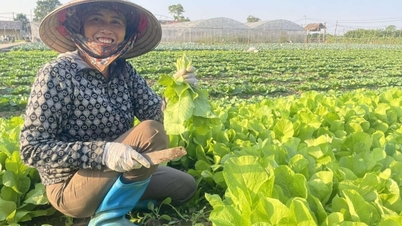

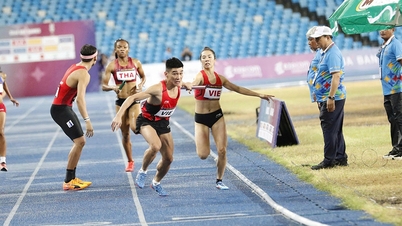

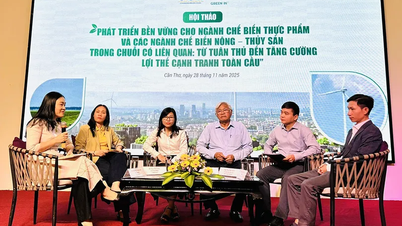

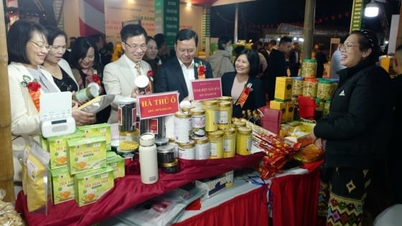

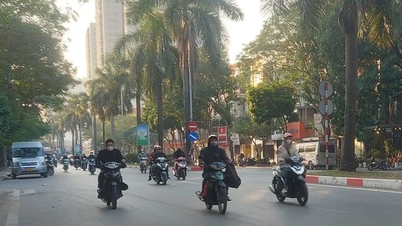

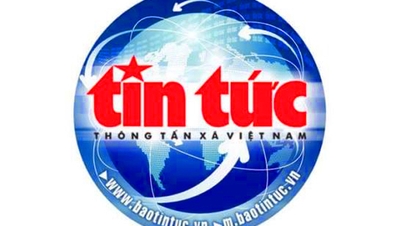

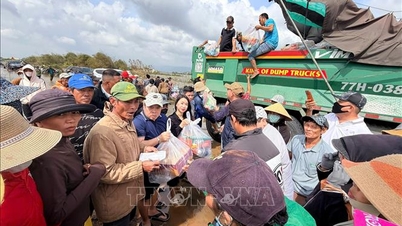
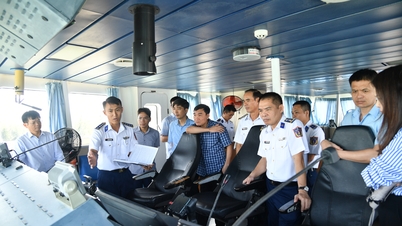
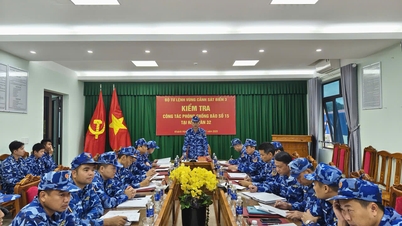
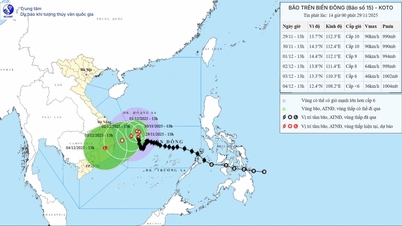
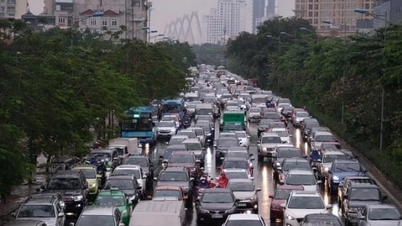






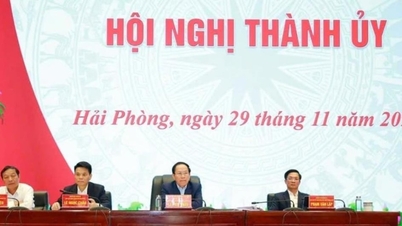

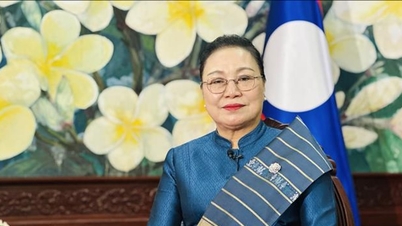




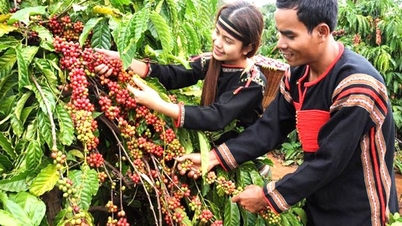

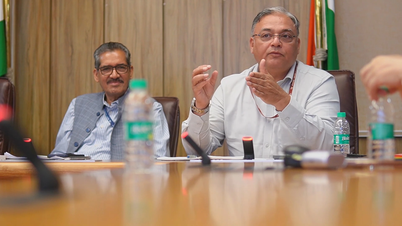
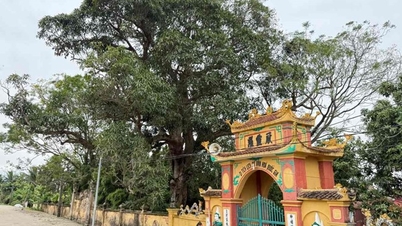

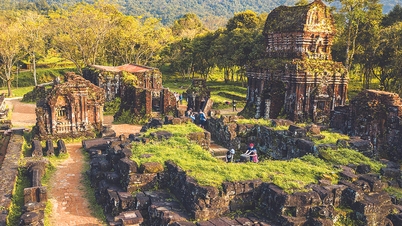
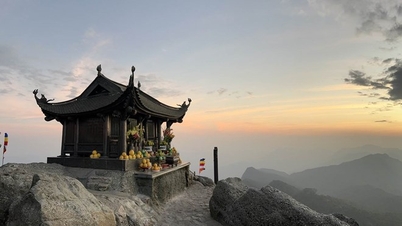
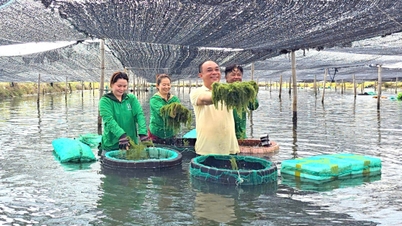


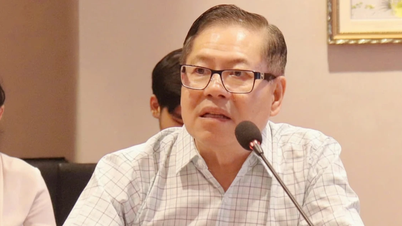

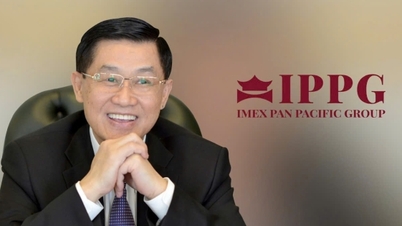
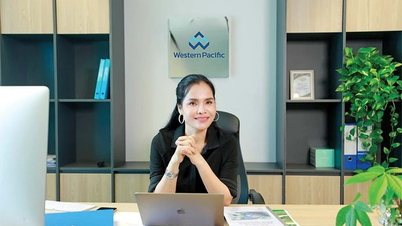

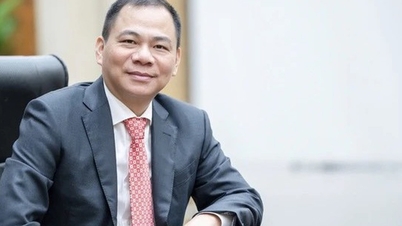






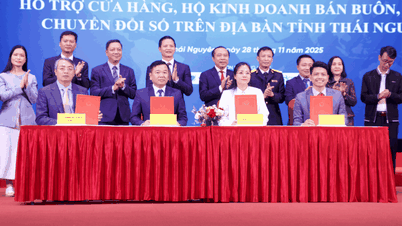








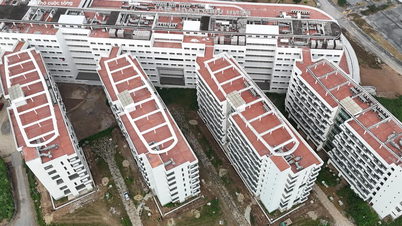

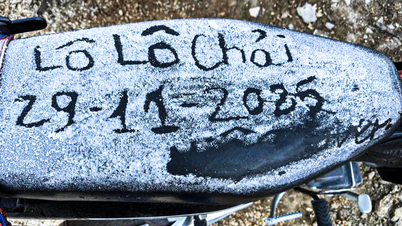
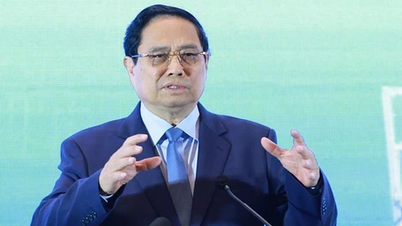


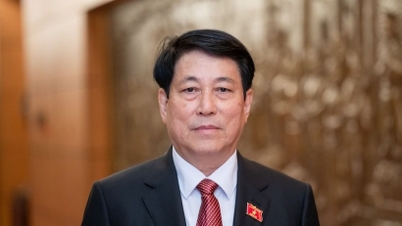


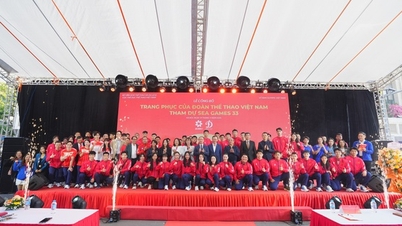

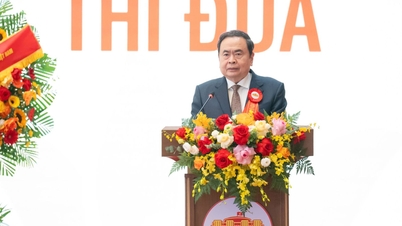


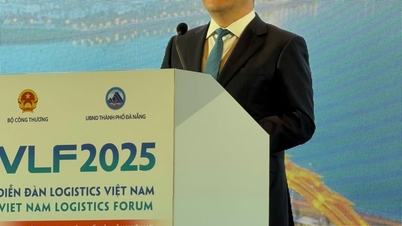
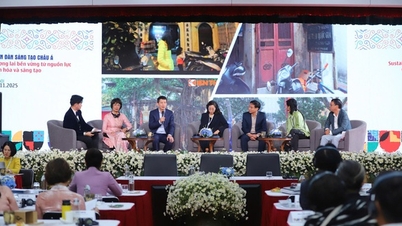
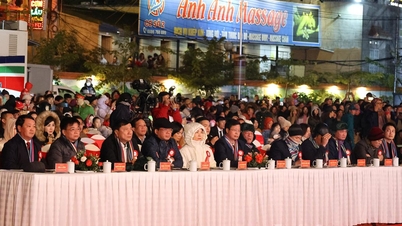


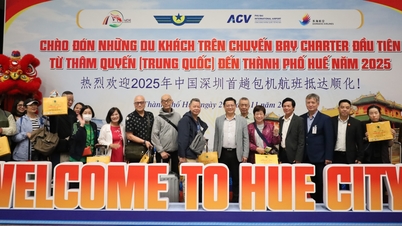



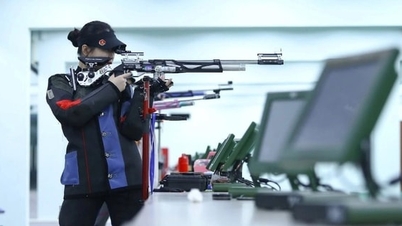

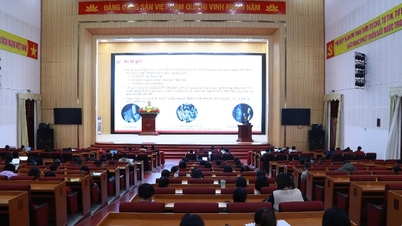






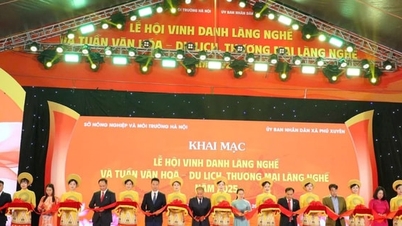

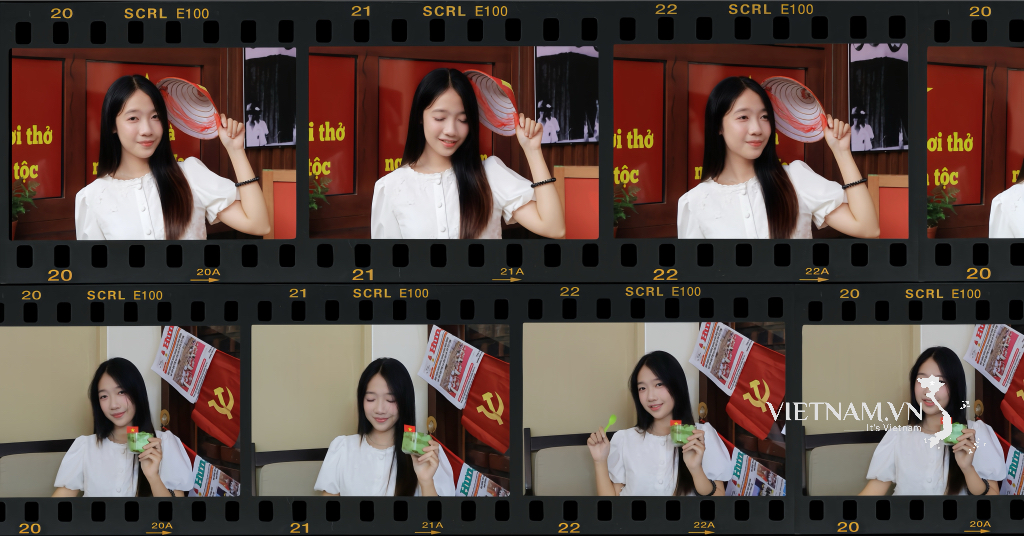



Comment (0)